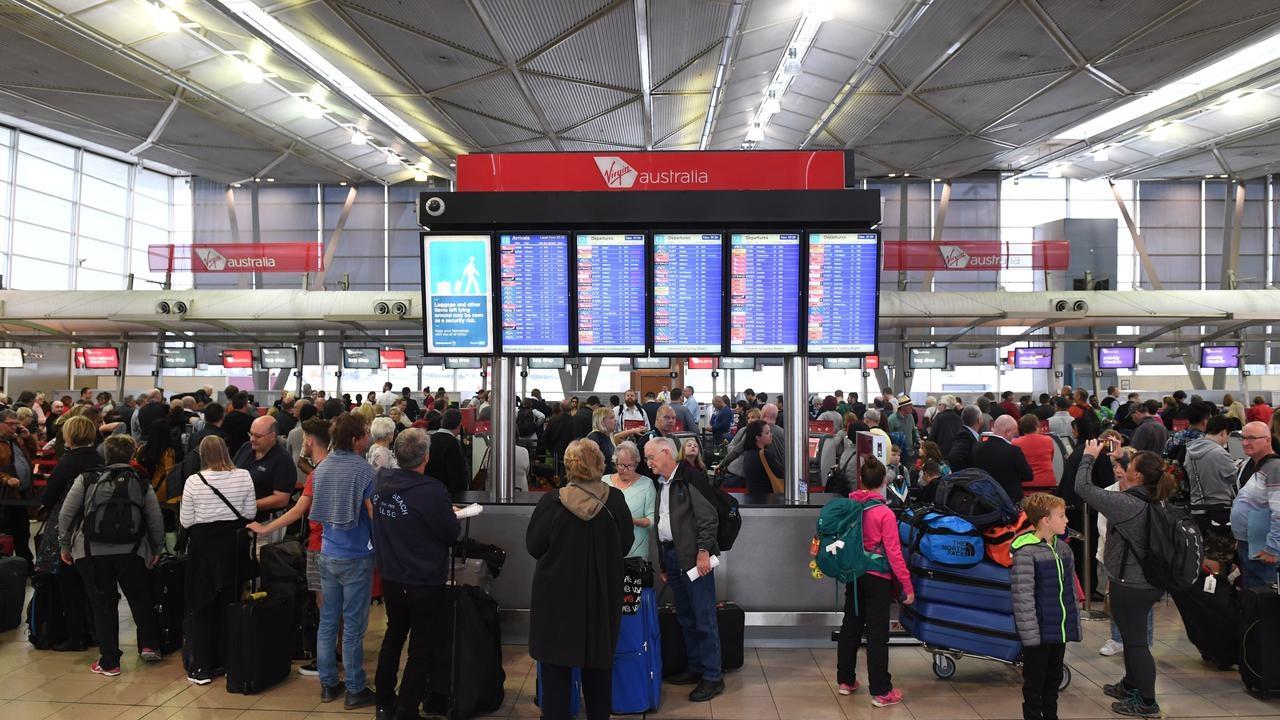International airlines join attack on Australian airport regulation
29 May, 2018
3 min read


International airlines have joined the attack by their Australasian counterparts on airport regulation, saying a “light-handed” approach has not delivered the expected level of services.
The Board of Airline Representatives of Australia said a recent member survey about the cost and quality of airports reinforced the failure to deliver the high-quality services envisaged 15 years ago.
BARA, which represents the interests of international airlines serving Australia, said it acknowledged progress and improvements by airports as and when they were delivered.
“Members, however, are operating on a day-to-day basis with airport services that can fall below their reasonable expectations and below the standards they consider to be commensurate with the charges levied,’’ BARA executive director Barry Abrams said.
“Underpinning these issues, most agreements with airlines still fall well short of being commercially-balanced.
“Airlines often have no contractual rights to enforce any minimum standard over the availability of services and limited or no financial remedy if the services are either not available or sub-standard.”
The battle between airlines and airports is heating up ahead of ann expected Productivity Commission review of airline economic regulatory arrangements.
Industry group Airlines for Australia and New Zealand (A4ANZ) recently issued a report saying airport profit margins are up to double those of other airports around the world operating in competitive markets or with greater regulation.
READ Australian airports' profits excessive claims new report.
The report, with analysis from Frontier Economics, argued that passengers were paying the price of privatization in the absence of the restraints on monopoly power.
It claimed Australia’s four main airports were collecting 25 percent more revenue per passenger than they were 10 years ago in real terms but the quality of services had not improved.
Meanwhile, airfares had fallen more than 40 percent over the same period.
The Australian Airports Association said the A4NZ claims were not borne out by the facts and airports had invested more than $A11.5 billion on airport improvements in the past decade.
“Attracting international airlines and growing competition has been key to the rise of the tourism industry as a powerhouse of Australian small business and regional economies,” AAA chief executive Caroline Wilkie said.
The AAA also rejected A4NZ ’s claim about airports’ use of market power, saying the argument ignored robust negotiations between airlines and airports to deliver runways, terminals and technology to meet passenger needs.
BARA pointed to a 2015 Productivity Commission research paper that said rising household incomes and lower travel costs remained the main drivers of inbound tourism in Australia.
Disclosure: Steve Creedy provides content for the Australian Airports Association's The Airport Professional website.
Get the latest news and updates straight to your inbox
No spam, no hassle, no fuss, just airline news direct to you.
By joining our newsletter, you agree to our Privacy Policy
Find us on social media
Comments
No comments yet, be the first to write one.

